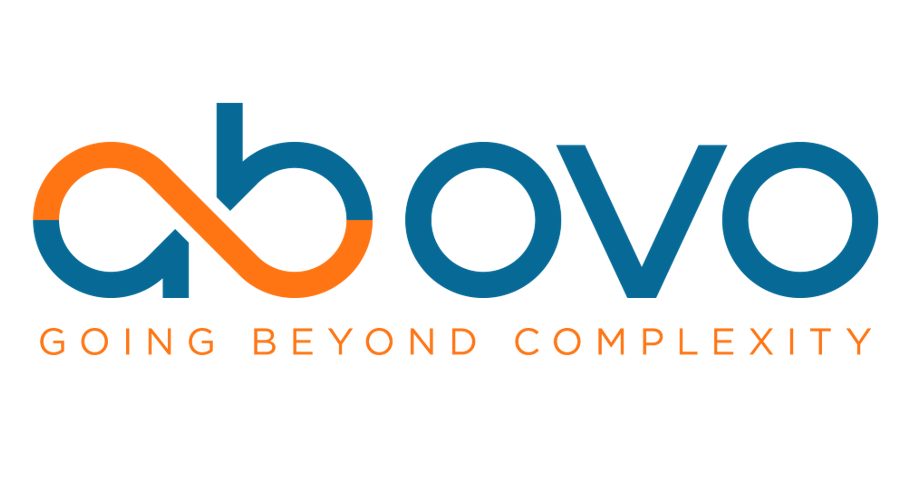Written by Edwin Visser
SmartRail Solutions | 4 mins read
Innovation and Digital Transformation
Over the last years Innovation and Digital Transformation have become the key drivers of business growth. Together, they represent both an opportunity and a threat. Emerging digital technologies have provided the rail sector with the tools to become more reliable, attractive and competitive. These technologies catalyze innovation and allow rail companies to reimagine their present and future business models and products. At the same time, these technologies pose a threat. The threat is that competitors, both traditional and emerging, can easily do the same. In recent years we witnessed incumbent rail companies reaffirming their market share as well as new small companies disrupting the traditional market through innovation and digital transformation by providing new rail products.
Innovating Through Modular Architecture
In recent years we witnessed big companies reaffirming their market share as well as new companies disrupting the traditional market through innovation and digital transformation.New digital technologies have become readily available at low cost in recent years. With the advent of cloud computing, we can now make use of the same computing power that was reserved for government and aerospace (NASA) organization less than 10 years ago. Technology itself, therefore, is no longer the limiting factor in business innovation; rather it is business culture (ideas, strategies, ways of working) and the legacy IT architecture that stifle innovation.
Overcoming the company’s legacy
Rail companies often have large IT landscapes riddled with applications. Each application is aligned with a company’s functional and geographic structure. Over time, these applications have formed the company’s legacy; which consists of independent application on multiple technology platforms with embedded data. It is no exception to see different applications in use for various business units (automotive, dry bulk, and intermodal), and order intake and train operations are often processed in isolated ‘hard-to-connect’ applications.
To overcome this challenge, rail companies should invest in setting up a modular IT architecture. This type of architecture builds onto enterprise-wide standards with loosely coupled applications, data, and technology components to preserve the global standards while enabling local differences.
Although these systems usually provide good functionality for the core business processes, the code required to link applications becomes increasingly complex and ultimately extends a new system’s time to market. In practice, an IT environment is as flexible as the weakest or oldest link in the chain.
Innovating Through Modular Architecture
New products and services can be launched by leveraging core business capabilities and then quickly develop or reuse modules that extend that core.Modular architectures allow for strategic agility; by ensuring the predictability of core processes (as encapsulated in the legacy core system), they leverage the company’s distinctiveness. By facilitating local customization, they encourage innovation and customer responsiveness. Complying to new regulations and interface formats (such as TAF TSI) becomes less of a hassle. So that the rail company can focus on launching new rail products and services by identifying the strategic opportunities that best leverage the core business capabilities and then quickly develop or reuse modules that extend that core.
It is clear that IT modules enable business model extensions, promotes reusability, and greatly enhance the speed to market and strategic agility of the enterprise. However, projects attempting to establish links among all applications, data, and infrastructure of a company at once will most certainly fail; focus on the core!
In the following weeks, we will be posting more blogs on some of our Concept Lab innovation stories. Stay tuned.
More information
For more information, please contact Edwin Visser via edwin.visser@ab-ovo.com or request a discovery session to learn more about how to kick-start innovation in your company.
Edwin Visser is a development manager and has been working for Ab Ovo for more than 8 years. In this role he works on the day-to-day management activities of Rail software developers. Furthermore he works on engaging with customers to advise them on how technology can be of value. He participates in brainstorm sessions & workshops and drives innovation at Ab Ovo and its customers, and contributes to prototyping and product development efforts by providing advice on what technology can help the rail industry forward.

